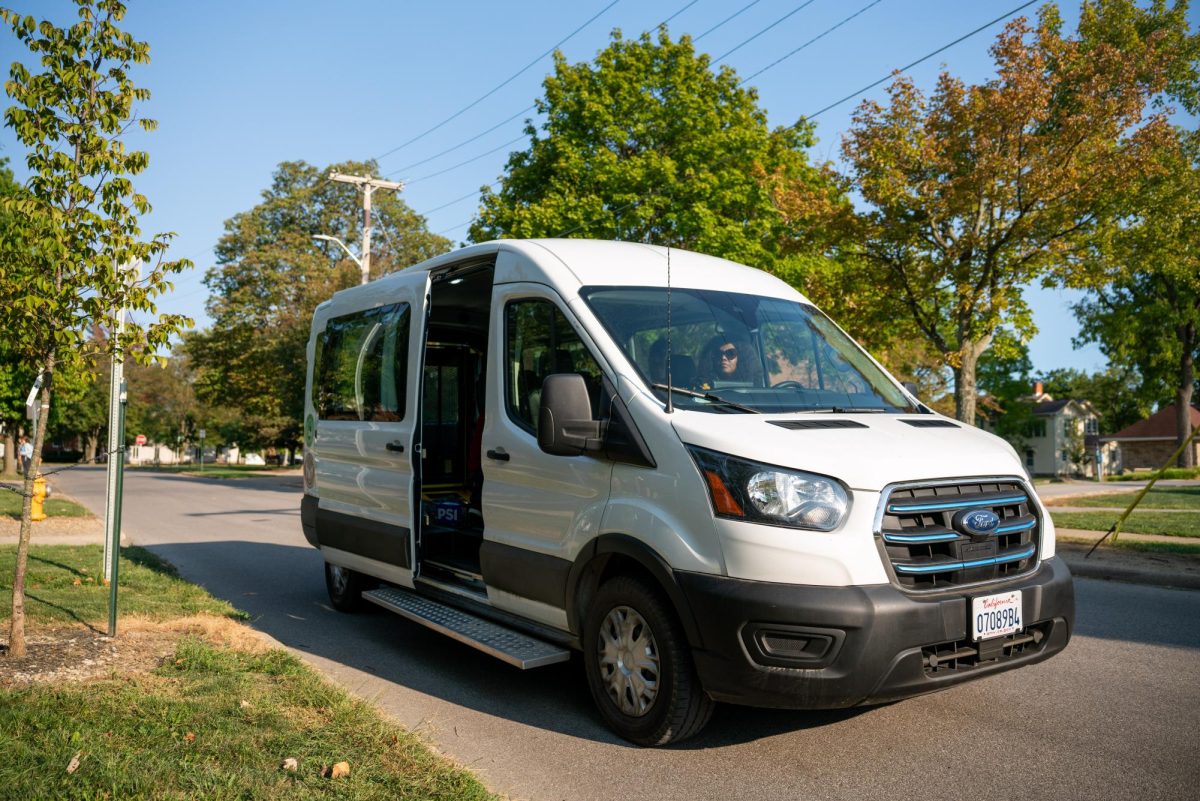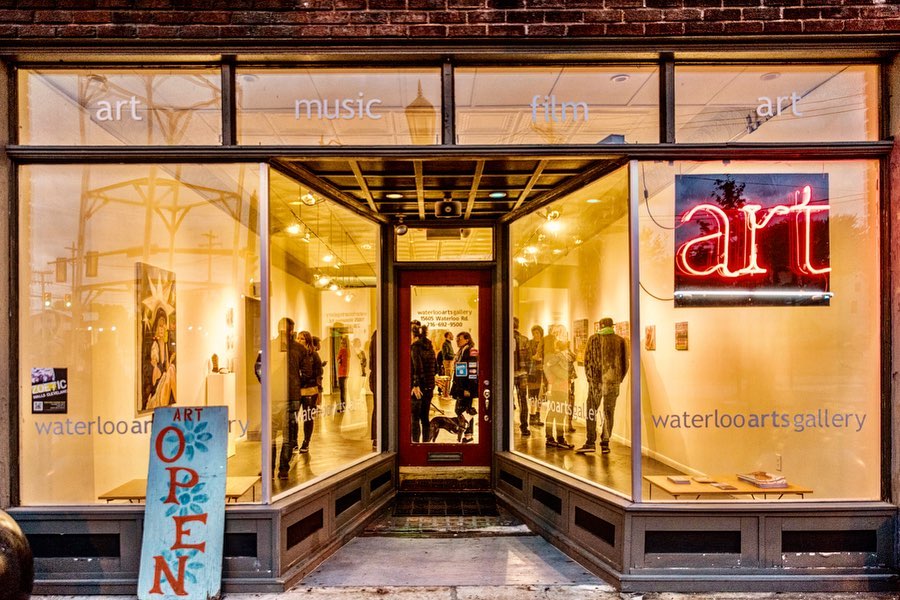The City of Oberlin recently launched a new transportation initiative, the EBus, which began running Aug. 16. The EBus is an electric bus that travels around Oberlin and surrounding areas on a fixed route from 10 a.m. to 8 p.m. on weekdays, completing a loop approximately every 45–60 minutes. It is free to use, available to both students and residents, and ADA accessible.
The EBus’ route goes through the College campus, through downtown Oberlin, and to other locations including the local IGA, CVS, Aldi, and Walmart Supercenter. A map of its route with the stops marked is available on the City’s website. The website also shows the EBus’ position along its route in live time. Road signs are located at each EBus stop.
The EBus is a new transportation service for Oberlin, separate from existing services such as Rideline or Lorain County Transit. Whereas Rideline is provided by the College as an on-demand service, and The Oberlin Connector provides on-demand transportation through Lorain County Transit to certain parts of the County, the EBus is a City initiative that runs continuously along a fixed route.
The City of Oberlin partnered with the company Slidr to create the EBus. According to Oberlin’s Director of Planning and Development Carrie Porter, half of the funding for the EBus comes from the City of Oberlin, with the other half coming from Lorain County, out of the County’s Federal Transit Administration funds. Porter noted that the City’s funding will be sourced from the American Rescue Plan Act for the first two years of the EBus’ operation, while regular City funds will likely be used after that.
An electric vehicle was chosen as a sustainable mode of transportation that would produce less carbon emissions and less noise pollution. Social equity was also a consideration behind the creation of the EBus.
“[W]e had been hearing from some lower-income residents that they were having a hard time getting a ride, and they needed it to go to shopping,” Porter said. “They needed to go get their prescriptions.”
Linda Arbogast, sustainability coordinator for the City of Oberlin, identified people with mobility issues, people without cars, and senior citizens as other groups that the EBus is intended to help.
“We were just pleased that people who previously didn’t feel like they had options are now feeling like they have options,” Arbogast said.
According to Arbogast, the EBus is currently averaging 41 riders a day. The City of Oberlin’s website advertises that the EBus can carry one passenger in a wheelchair and up to nine in standard seating, although only six passenger seats were installed as of Wednesday.
“There are more seats coming,” Arbogast said. “We think we can fit the others in and still keep one space for a wheelchair.”
The City of Oberlin spoke to community partners and worked with a College class, Environmental Studies 101, to determine the EBus’ route. Arbogast noted that the City might adjust the route based on feedback from riders.
Associate Dean of Students Thom Julian expressed hope that the EBus would help “synergize the student-city relationship and the town-gown relationship.” He noted that the City spoke with the College about the EBus initiative early on in the project.
Conservatory fourth-year Matthew Cummings, who was riding the Ebus on Wednesday afternoon, called it a “game-changer” for student transportation options.
“The idea of a bus that goes on the weekdays to Walmart and IGA and Aldi was very appealing to me, because, as a senior, I’ve been here a while, and the only other option we’ve had for the longest time has just been the Saturday shuttle,” he said. “I wish I had [the EBus] sooner, but it’s wonderful to have now.”








